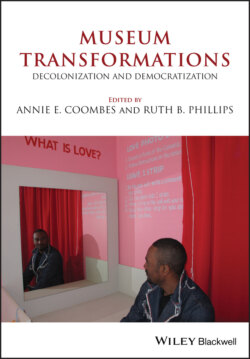Читать книгу Museum Transformations - Группа авторов - Страница 48
Punjab Badal’s tears
ОглавлениеParkash Singh Badal wept. Surrounded by hundreds of flickering flames of candles, listening to a soft voice intoning the names of the children murdered in the Holocaust, seeing their faces in blown-up photographs that loomed out of the darkness, Parkash Singh Badal, chief minister of the north Indian state of Punjab, wept as he stood in the gallery of the Children’s Holocaust Memorial in Yad Vashem.
The year was 1998. Badal and his retinue were visiting Jerusalem on the world tour they had undertaken to seek inspiration for a monument they needed to build in Punjab the following year, for 1999 would be the tercentenary of an important event in Sikh history. On April 13, 1699, the tenth Sikh guru, Guru Gobind, had instituted a baptism ritual through which his followers became the Khalsa (Pure) ones. From then on, they were to bear the five distinctive signs of Sikhism on their bodies, including their turbans and unshorn hair; they were also to follow a regimen of prayer and a prescribed code of conduct. With the institution of this rite, Sikhism ceased to be a Hindu sect and emerged as a distinct religion. In many ways then, 1699 was the foundational moment for Sikhism, and its tercentenary called for a special celebration in the religion’s epicenter in Punjab.
Among other projects to mark the anniversary, Parkash Singh Badal announced that he would build an ajooba (literally, a wonder or a spectacle) in Anandpur Sahib, the town in which the Khalsa was founded, and which was now a major Sikh pilgrimage site. To understand what such a monument could be, Badal and his entourage embarked on an extensive tour of museums and monuments dedicated to the histories of various communities. Now in Jerusalem Mr. Badal had found what he sought. Emerging from the emotionally charged display in the subterranean chamber of the Children’s Holocaust Memorial, Mr. Badal is reported to have asked: “Who made this? Just as the Jews have suffered, so have the Sikhs. We need a memorial like this for our community” (MacFarquhar 2003, 44) Within two days of his visit to Yad Vashem, Mr. Badal had met the architect of the Children’s Memorial and tasked him with constructing a similar memorial complex in India for the Sikhs (Dvir 2012).
